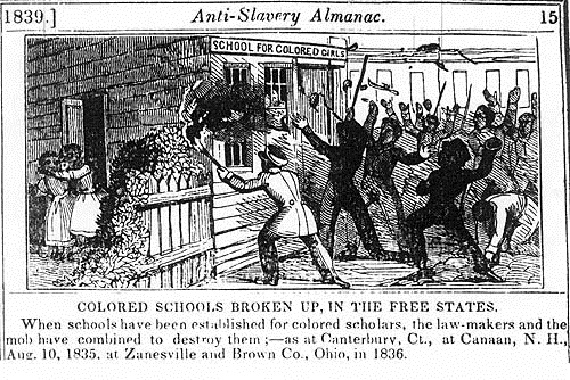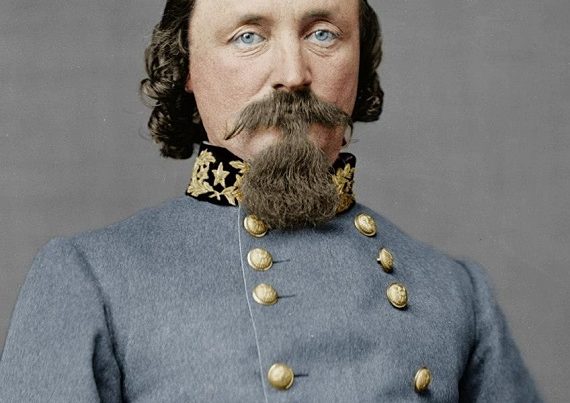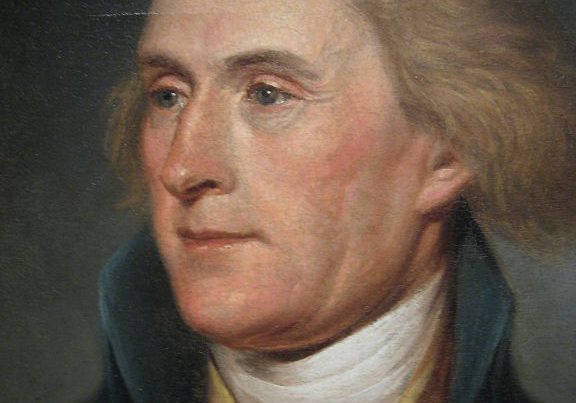Reprinted from Circa1865.com
Anti-abolition sentiment was often found north of Mason and Dixon’s line and evidenced by incidents like the 1837 shooting death of abolitionist Elija Lovejoy in Alton, Ohio. The local citizenry tried to convince Lovejoy of his unpopularity by throwing his presses into the Mississippi River three times before resorting to the fatal measure.
“One of the earliest newspapers of Niagara Falls [New York], The Niagara Falls Daily Recorder, had brief but somewhat volatile tenure becoming involved in the hot-button issue of slavery in the 1830’s. The story of early newspapers was related in a 1937 article by city historian Edward T. Williams, himself a longtime journalist and newspaper owner.
The Recorder issue of April 8, 1839, contained a two-column account of a public abolitionist meeting in the downtown union chapel, located near the “Eagle Tavern on the south side of Falls street.” The article, the editor pointed out, was published as an advertisement “paid for jackass and all.” The story had a picture of a jackass at the head.
The meeting was called by a Mr. Pickard, described as an itinerant abolitionist. It was agreed after he spoke one hour that members of the opposition would be allowed to reply. Apparently there was a lot of opposition to slavery abolition in the village, including the Recorder, which was owned by one W. Law.
Williams said the newspaper report “was evidently made up for those opposed to Mr. Pickard, and the abolitionist received little consideration, being called “used up.” The group then passed a couple resolutions against abolition. One said:
Resolved: that the doctrine of the present abolitionists is a far greater evil than slavery as it now exists.”
Another resolution said:
Resolved: that all further attempts to lecture upon the subject of slavery in this village deserves to be met with the most spirited opposition until abolition lecturers become like angel’s visits, few and far between.”
Abolitionists like Wendell Phillips admitted that “our unpopularity is no fault of ours, but flows necessarily and unavoidably from our position” and that public acceptance of their beliefs mattered not. They were convinced of the righteousness of their cause, and the death of a million people in a war they helped cause left them unmoved.
“Wendell Phillips . . . characterized Abraham Lincoln in 1860 as “the slave-hound of Illinois,” and said that John Brown “carried letters of marque from God.” But like his fellow champion in the abolition cause [Garrison], he early lost whatever love of the Negro he might have had in an egotistic hatred of his white, Southern opponents.
After the [War Between the States], Wendell Phillips sought new outlets for his persuasive, self-assured energies in the causes of women’s rights and the claims of labor, but William Lloyd Garrison slipped slowly into the background, supported by the charity of his admirers, emerging on occasion to play the aging hero before a younger generation of reform-minded folk, and constant in his role as irritant to the body politic.
In all their activities, both Garrison and Phillips represented a tendency in American life which has never much appealed to observers from the Old World — in which self-appointed guardians of public morals rise up like the Old Testament prophets to rebuke sins as they see it, and in the most intemperate terms.”
Sources
(History of Falls Newspapers Complex, Bob Kostoff, www.niagarafallsreporter.com, Jan. 18, 2011)
(Mr. Lincoln’s Contemporaries, Roy Meredith, Charles Scribner’s Sons, 1951, page 32)







